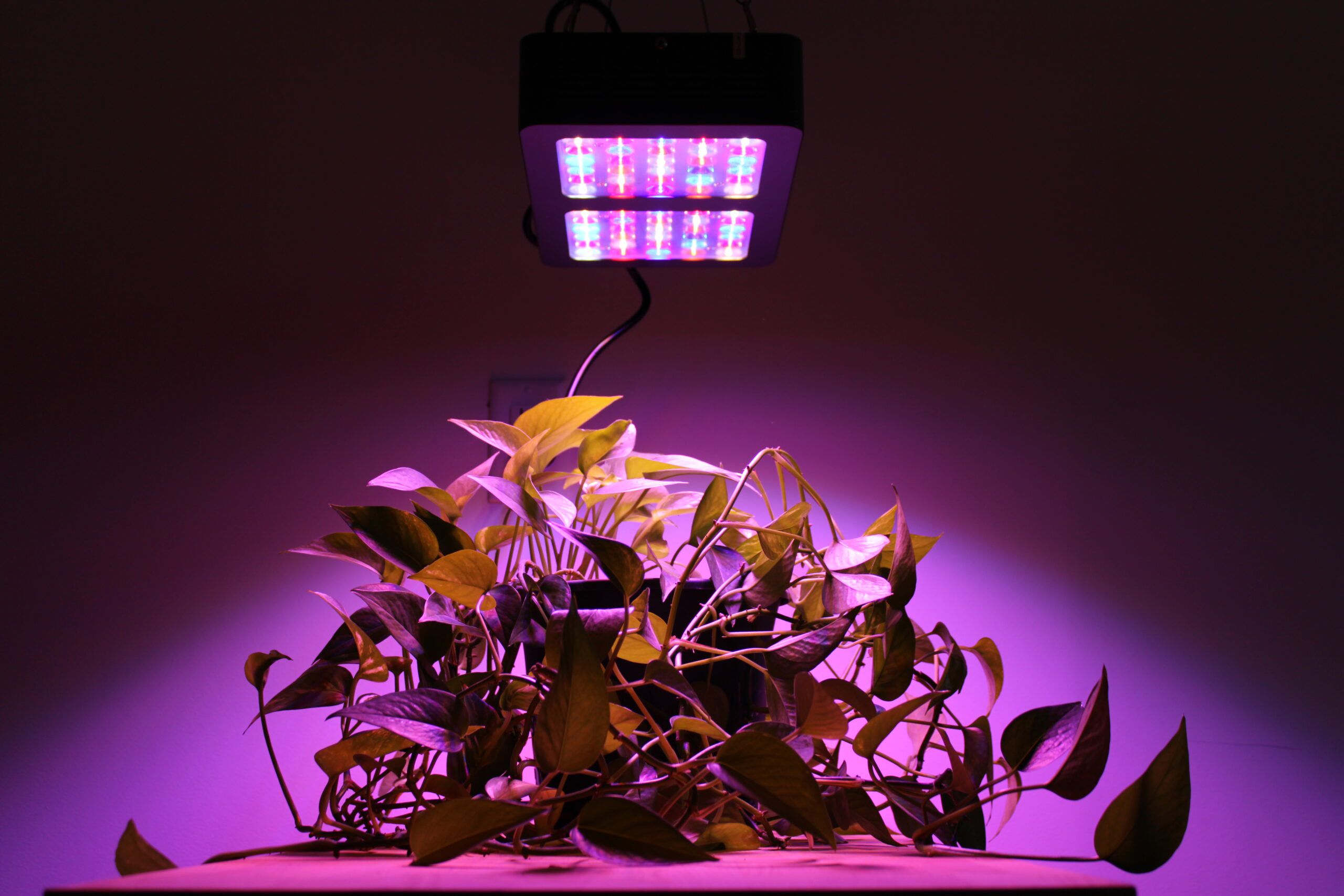LED Grow Light Advantages
When you are buying grow lights, you want to choose the best option that will help your plants grow healthy and fast. LEDs are a great option for indoor growers because they offer many advantages over traditional grow lights.
First, LEDs produce low amounts of heat. This makes them ideal for temperature-sensitive plants.
High Efficiency
One of the biggest benefits that LED grow lights offer is their high efficiency. This means that they use less power than their HPS and MH counterparts, making them more affordable upfront for the grower.
Another key feature of LEDs is that they offer multiple spectra of light. This allows the grower to tailor their light for different stages of plant growth.
This helps in maximizing the yield of their crops. Depending on the stage of growth, plants may need more blue light to make them stockier or red light for flowering and bud development.
This is why it’s important to buy a light that has a full spectrum of color. The best ones will have all the wavelengths that a plant needs at each stage of growth.
No Heat Output
LEDs generate a lot less heat than incandescent lamps, high-pressure sodium bulbs or metal halide grow lights. They are also cooler burning and can last much longer than their traditional counterparts, saving you money on electricity costs.
Most of the LED heat generated during operation gets absorbed into heat sinks, which then radiate it out into the surrounding air. This helps to keep junction temperature stable, which is important for optimum light performance and longevity.
Similarly, HPS lights transfer a large amount of their energy into radiant heat, which is dissipated in the direction of the reflector. This can cause leaf surface temperature in the vicinity of the reflector to be higher than that of the ambient air, limiting photosynthesis.
No Harmful Wavelengths
LED grow lights use light spectra that are optimised for the benefits of plants. This means they do not produce harmful wavelengths like UV and blue light.
In contrast, traditional light sources, such as CFLs and HPS, have always been optimised for human visual benefit. That means they often contain bits of the spectrum beyond the PAR range, which may look strange to human eyes.
Ideally, plants absorb light that is in the PAR range (400-700nm) and is not too bright for their needs, allowing them to achieve maximum photosynthetic efficiency. They also need blue light in small amounts for healthy growth and stem and leaf elongation.
Easy Maintenance
LEDs are a great option for growers because they don’t require changing bulbs yearly, and their lifespan is incredibly long. However, just like all electrical products, they do need regular maintenance to ensure optimal operation and safety.
One of the most important things that cultivators must do is clean their lights regularly. Over time, dirt and dust build up on the diodes, which can reduce the intensity of the light they emit.
Cultivators can do this by simply taking a soft, non-abrasive cloth and dabbing it lightly with isopropyl alcohol or rubbing alcohol. Then, gently wipe the diodes to remove dust and debris.
Some cultivators also use a light meter to track their light’s performance, taking an initial PPFD measurement and repeating it periodically to determine when to perform maintenance. This helps ensure that the grow lights are providing optimal light intensity and reliable operation to help their plants thrive.
